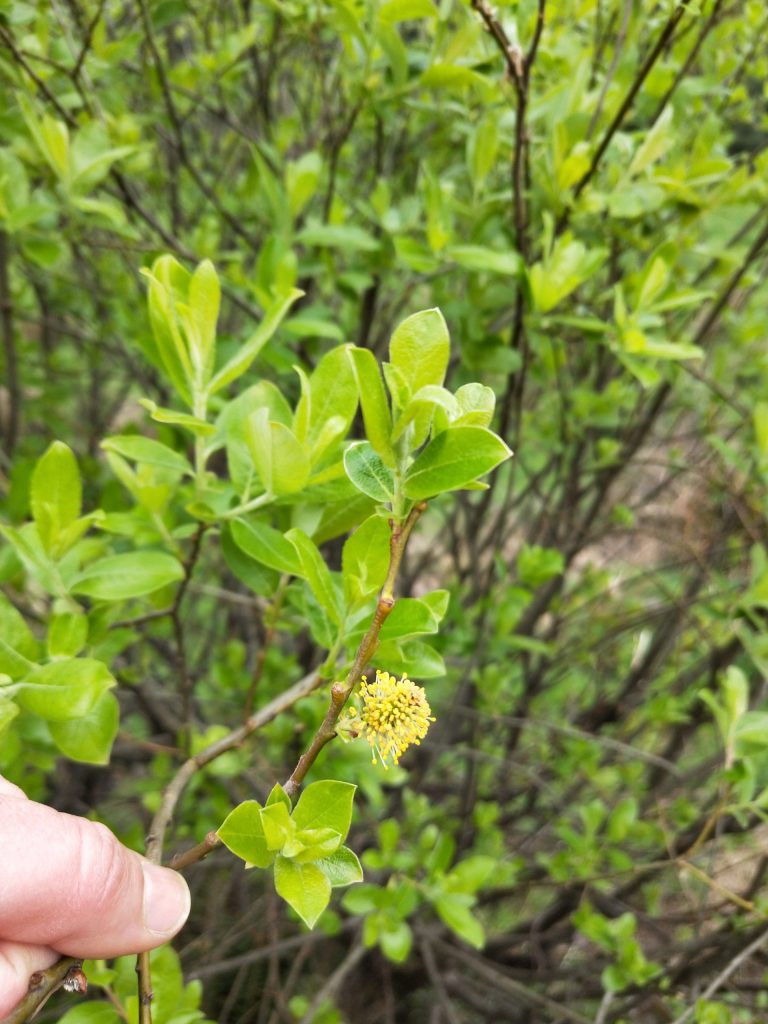
Grey sallow (Salix cinerea) is considered the most invasive type of willow in Australia. Unlike other willows, it can produce masses of viable seeds that travel great distances and establish quickly. Wild populations were first discovered in Tasmania about 20 years ago, and while dedicated control efforts have so far kept it from becoming widespread, it may only take one season with optimal conditions for grey sallow to become uncontrollable.
In the Huon Valley, there are only two small populations of grey sallow that we know of. Grey sallow grows in wet areas adjacent to waterways and dams, and in areas subject to occasional flooding. Seeds germinate readily on bare ground, so creek beds and flood plains scoured by the recent floods are extremely high-risk for grey sallow invasion.
This spring, council will be working with Tasmania Parks and Wildlife Service and Tasmanian Herbarium staff to search for and control grey sallow along waterways in Mountain River and Geeveston. Grey sallow can be hard to identify – it can only be confirmed during spring when plants are bearing their unique catkins (willow flowers).
Have you seen it?
- Grey sallow does not look like a ‘normal’ crack willow – it has rounded leaves quite like an apple tree
- In spring, grey sallow produces distinctive catkins that bloom before the leaves sprout. Male and female catkins are produced on separate plants.
- Grey sallow plants are usually multi-stemmed and somewhat ‘shrub’ shaped but can grow to 10m high.
If you think you have seen grey sallow, please urgently report it to council’s Natural Resource Management Unit via (03) 6264 0300 or nrm@huonvalley.tas.gov.au
Photo: Grey sallow (male catkin)

